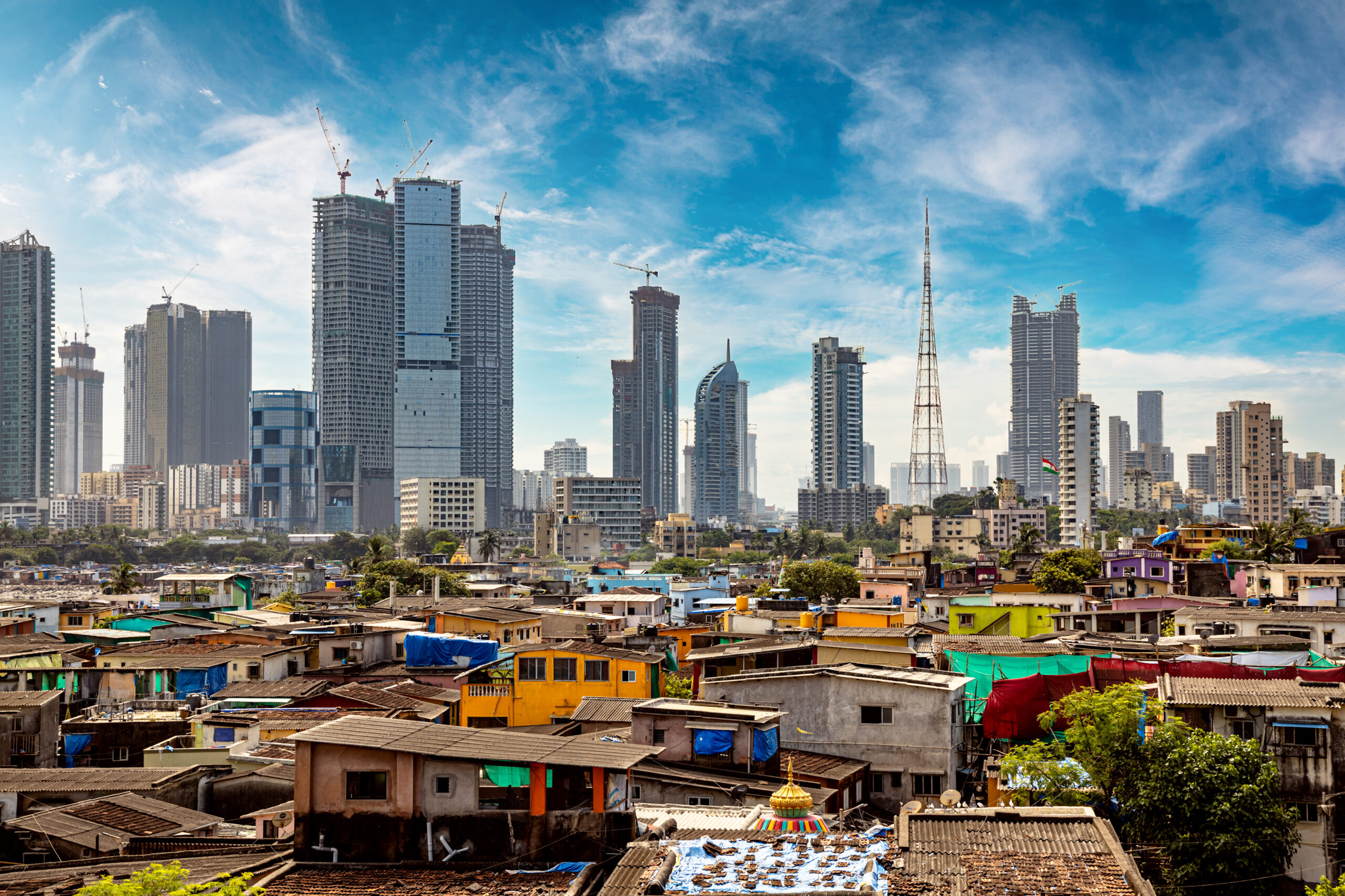
How can technology, data and calibration help eliminate global poverty?
Jan-Henrik Svensson, CEO, Beamex
Vinice Mabansag. Remember that name. Born on November 15th, 2022, in the Tondo district of Manila in the Philippines, this baby girl has the honour of being the 8 billionth resident of our planet.
She is also an indicator of just how productive human society has been. With the global population increasing by 1 billion in just over a decade, advances in science, agriculture, medicine, and technology mean that human beings are living longer and enjoying a better quality of life today than at any point in history. But these benefits have not been shared equitably.
According to the most recent estimates shared by the World Bank, around 689 million people live on less than EUR 1.8 per day and struggle to access essential services including quality healthcare, clean water and sanitation, and proper education. Recognising the need to bridge this gap, the UN made eliminating poverty by 2030 one of its main Sustainable Development Goals (SDGs). Ambitious? Yes. Will we manage to meet this target? Maybe not. Is it impossible? No.
Let’s not forget that global poverty rates have been steadily coming down. From a high of 1.9 billion people in 1993 to around 689 million in 2017, the reduction in extreme poverty is a success story that must inspire us. China for instance reduced its extreme poverty rate from 57 per cent in 1993, to just under 1 per cent. India too halved its poverty rate between 1993 and 2011. Economic growth has helped pull millions out of poverty.
Tech will reshape the delivery of goods and services
I foresee this trend growing, fueled not just by economic growth but also by technological innovations and data. Industry 4.0, AI, IoT, and advanced sensors will play a big role in reshaping how goods and services are manufactured, ensuring more sustainable use of the planet’s resources while boosting efficiency and productivity dramatically. Meanwhile, the vast amount of data and measurements that we collect will allow us to target goods and services more effectively to those most in need.
Let me give you an example. Take agriculture. The use of sensors and AI can help track and predict weather patterns and yields, ensuring secure and stable food supplies. In the case of manufacturing, IoT will allow companies to build more predictive and sustainable supply chains, getting their products closer to different population groups, and reducing the risk of supply chain delays. When it comes to welfare schemes, AI and wearables can help governments identify at-risk sections of society and drive targeted development and healthcare efforts.
Several real-world examples already exist. In Tajikistan, under a world bank initiative, Smart Survey boxes were installed to monitor energy use. Meanwhile, in Somalia, GPS trackers were used for tracking the migration patterns of nomads while Mexico used satellite imagery to estimate how many people live below the poverty line down to the municipal level.
This use of such technologies will also be of use in more developed regions which are not immune to poverty. In the West, the use of IoT and machine learning will allow us to lessen the burden on existing systems, while the use of digital twins and predictive technologies can help create more resilient and future-proof infrastructure to meet the food, shelter, and healthcare needs of our citizens.
Calibration will help empower people
Tech and data’s potential to help the world do more with less is huge. But if we are going to make decisions based on this data, we must ensure that the data collected is of the highest quality possible. Measures such as kilos, pressure, humidity etc. remain constant in the physical world, but when a sensor converts it into digital, we must be sure that it is able to measure the data correctly and verify that no errors exist in its collection. Any model we build to combat poverty or any of the world’s challenges must take that into account.
Here is where I see calibration playing a critical part. You can calibrate sensors and utilize data to understand if a specific sensor measurement is wrong or use big data to understand how off these measurements are on a larger scale. Being able to measure accurately and verify your measurements will have a two-fold benefit. One, it helps reduce the problem of waste and leakages in the delivery of goods and services to the public, and two, it will help build trust in the system. The latter goes a long way in assuring people in different parts of the world they are getting equal and quality access to different resources.
The importance of calibration will only grow as more rapid digitization occurs, different processes are continuously tested and improved upon.
The outcome I am betting on here is empowerment. The use of these devices and trusted data will mean greater empowerment along the entire ecosystem. People aware of their rights will be empowered to demand equal access to resources and services, while governments and other organisations will be empowered with the knowledge to standardize the production and distribution of goods and services, while reducing wastage. Empowerment will lead to transparency which in turn will lead to greater trust, efficiency, and sustainability.
At Beamex, we have been in the business of accurate measurements and precision calibration for decades. Empowerment is at the heart of everything we do. The solutions we provide help different industries in sectors as varied as food, pharmaceuticals and energy comply with regulations and improve productivity. If you too want to help build a safer and less uncertain world, feel free to reach out to me directly.
You might also find interesting

For a safer and less uncertain world
Welcome to our series of topical articles where we discuss the impact that accurate measurement and calibration has on the world and our everyday lives.
























